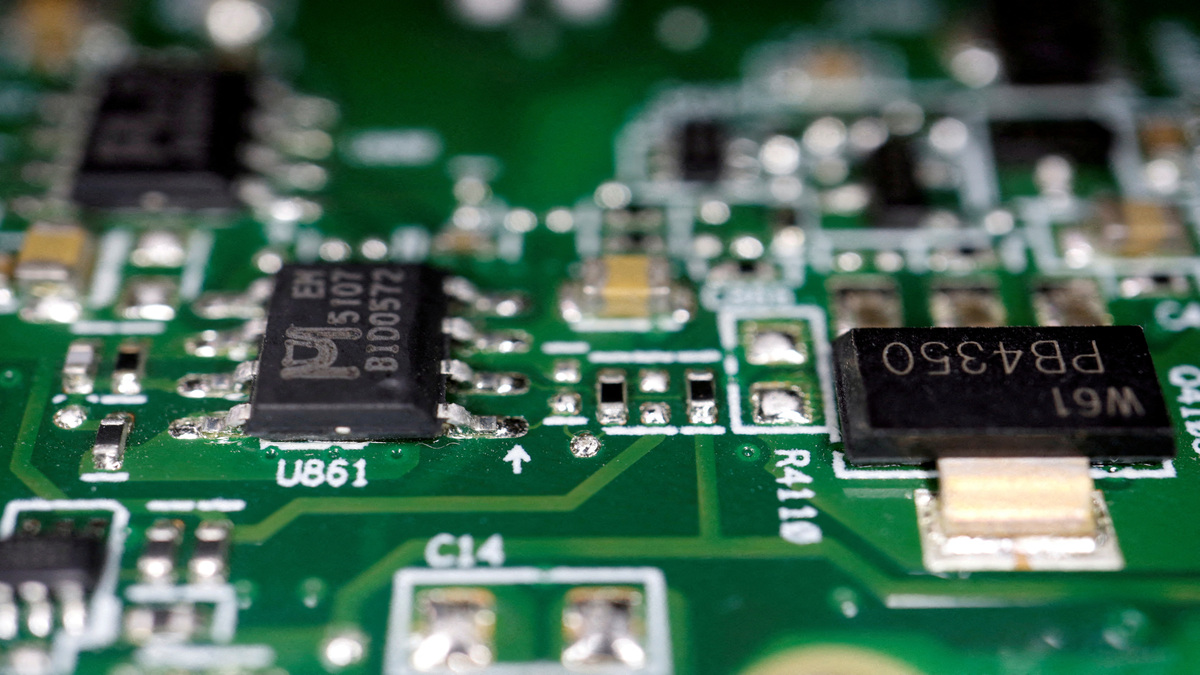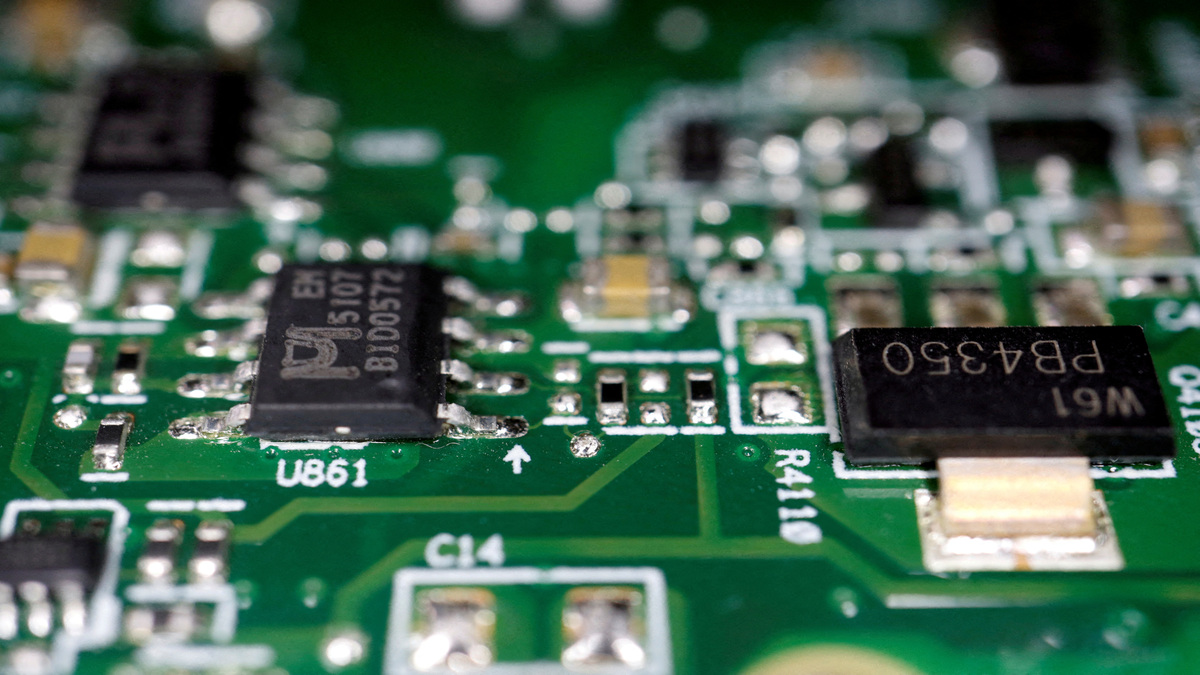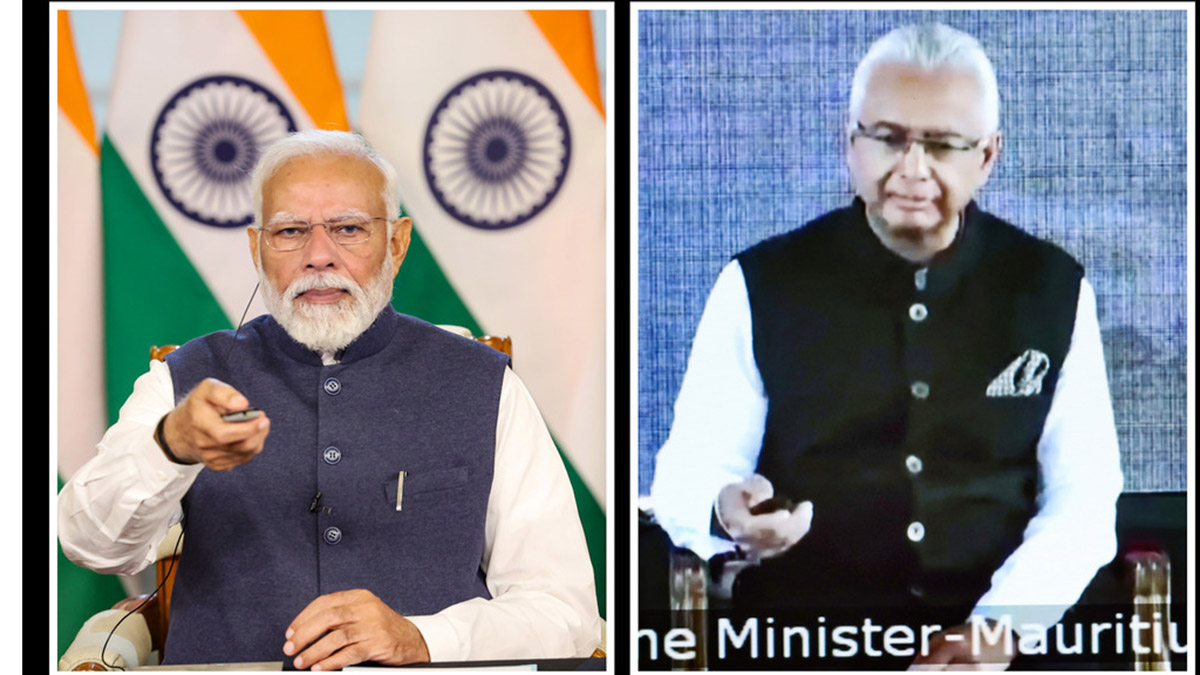Punjabis love their sarson da saag, makke di roti, Makhan’s “world famous” fish tikka and Amritsari naans washed down with Patiala pegs or glasses of lassi.
But, when votes are counted on 11 March after the polling scheduled for Saturday (4 February), the only dish left on their menu could be khichdi – five spoons of AAP, five of Congress and a dash of the BJP-Akali combine.
In Punjab, almost every restaurateur, dhaba-owner, street vendor, lassiwala, seller of locally made chooran (powdered herbs) and aam papad (dried mango slices) tells you two things first up: One, what he serves is “world famous.” And two, he doesn’t have any other branch.
Unfortunately, even this propensity for creating “world-famous” cuisine may not help the Punjabis make anything edible or palatable from the ingredients the electoral harvest could produce. In the end, the AAP, Congress and SAD-BJP may just not mix, leading to president’s rule and another round of polls.
The reason Punjab could be served a khichdi is this: People in its three regions — Malwa, Majha and Doaba — can’t agree on who is best placed to defeat the BJP-SAD government. In Malwa, which has 69 seats out of the 117 in the state, the consensus is in favour of the AAP. In the other two regions that contribute the remaining 48 seats, the Congress is the first choice.
This region-to-region variation in poll preferences has ensured two things. One, it has denied the SAD-BJP the benefit of a triangular contest. In every region of the state, the fight is largely bipolar. In Malwa, most of the anti-incumbency vote is going to the AAP. In the other two regions, it is going to the Congress. The ruling alliance is getting badly pummelled in every region. Two, it has given both the AAP and the Congress a chance to win almost equal number of seats by sweeping their respective areas of influence.
The latest C-voter survey suggests the AAP will form the next government with 63 seats and the Congress would be second with 43. But, it has an error margin of 3 percent, large enough to make a slide below 59 — the magic figure — look like a distinct possibility for AAP and a gain of few seats possible for the Congress. The Akali-BJP combine, the survey reveals, will win just 12 seats.
What happens if nobody gets the majority? The answer is simple: It would be a repeat of Delhi. Either two parties — Congress and AAP or Congress and Akalis — bury their differences and form the government. Or, Punjab goes to polls again after a spell of President’s Rule. Considering the acrimonious history of the three parties, a re-election is a distinct possibility.
Had the election been held a year ago, the outcome could have been different. In the winter of 2016, when the three parties organised meetings on the occasion of Maghi Melas, the AAP attracted huge crowds, showing what voters were thinking. A C-voter survey then predicted 100 seats for AAP. But, it lost momentum because of severe infighting and a spate of controversies.
Since then, the Congress has been on the surge. Primarily because of the party’s decision to give the reins to Captain Amarinder Singh, who is widely respected among Sikh voters. The induction of Navjot Singh Sidhu in the Congress strengthened it further, especially in areas around Amritsar, from where the former cricketer is contesting.
Ironically, the Congress gained also because of Prime Minister Narendra Modi’s decision to outlaw currency notes of higher denomination. Across Punjab, there is massive anger against the decision because of the impact on farmers across Punjab and garment manufacturers in Ludhiana. Disillusioned with the BJP, traders in urban areas have thrown their weight behind the Congress, giving it some more heft.
In the end, the election is all about voting out the SAD-BJP government. Every voter is reacting to just three issues — drugs, doles and dhakka (hegemony and injustice of Badals and their cronies) politics. Voters want change and the exit of Badals.
If only they had made up their mind on who should replace them — AAP or Congress — Punjabis would have been dreaming of Patiala pegs and tikkas, instead of fearing an unpalatable khichdi on 11 March.


)




)
)
)
)
)
)
)
)